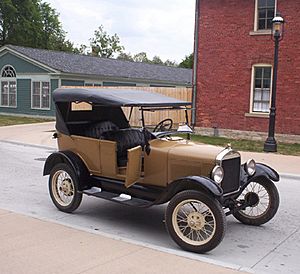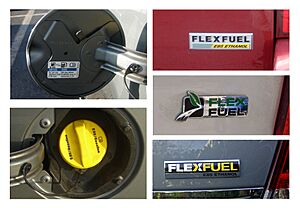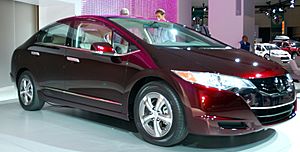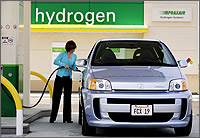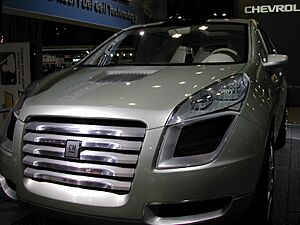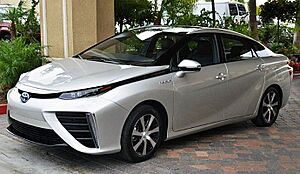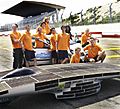Alternative fuel vehicle facts for kids
Alternative fuel vehicles are special cars, trucks, and buses that use energy sources other than regular gasoline or diesel. These regular fuels come from petroleum (oil). Using alternative fuels means we don't have to buy as much oil from other countries. This helps keep money in our own country.
Many of these alternative fuels also come from renewable sources. This means they can be replaced naturally. Plus, many of them create less pollution than traditional fuels. This helps keep our air cleaner.
There are many different kinds of alternative fuel vehicles. They use various types of engines and motors.
Contents
Electric Vehicles: Power from Batteries



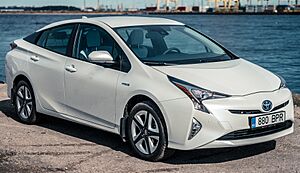
Electric vehicles run on electricity stored in batteries. They don't produce any pollution directly from the car itself. This is great for the air in cities. However, the electricity they use might be made at power plants. These plants can sometimes create pollution, depending on how they generate power.
Natural Gas Vehicles: Cleaner Burning Fuel

Natural gas vehicles use natural gas as fuel. Natural gas is a fossil fuel, like oil. But it burns much cleaner than gasoline. This means it releases fewer harmful gases into the air. There is also a lot more natural gas available than petroleum.
Biodiesel Vehicles: Fuel from Plants
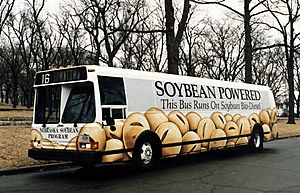
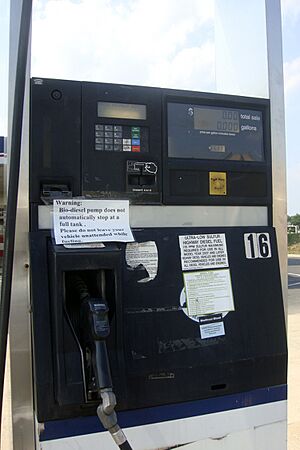
Biodiesel vehicles use a type of diesel fuel made from plant oils. Sometimes it can even be made from animal fats. This makes it a biofuel. It's a way to use natural resources to power vehicles.
Ethanol Vehicles: Alcohol as Fuel
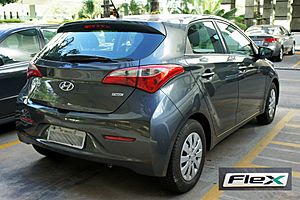

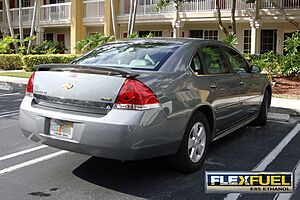
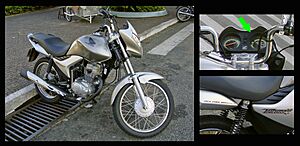
Ethanol is an alcohol that can be used as fuel. Often, ethanol is mixed with gasoline. Common mixes are E10 (10% ethanol) or E85 (85% ethanol). Some of the fastest race cars even use methanol and ethanol.
Hydrogen Cars: Fuel Cell Power
Hydrogen cars are also called fuel cell vehicles (FCVs). These cars use hydrogen gas to create electricity in a fuel cell. This electricity then powers the car's motor. The only thing that comes out of the tailpipe is water vapor!
Other Alternative Fuel Vehicles
- Compressed Air Vehicles: These vehicles use air that has been squeezed into a small space. When the air is released, it expands and powers the engine. This technology is still being developed.
- Propane Vehicles: Propane (also called liquefied petroleum gas, or LPG) is another fuel used in some vehicles, especially buses and fleet vehicles.
- Human Powered Vehicles: Don't forget about vehicles powered by people! This includes bicycles, rickshaws, and other two or three-wheeled human powered vehicles. They produce zero emissions.
Images for kids
-
The Peugeot 2008 HYbrid air prototype used a compressed air system.
-
An Ammoniacal Gas Engine Streetcar in New Orleans in 1871.
-
The X-15 aircraft used ammonia as part of its rocket engine fuel.
-
A propane-fueled school bus in the United States.
-
The Mars rover Curiosity is powered by radioisotope thermoelectric generators.
-
The Stanley Steamer car.
See also
 In Spanish: Vehículo de combustible alternativo para niños
In Spanish: Vehículo de combustible alternativo para niños


